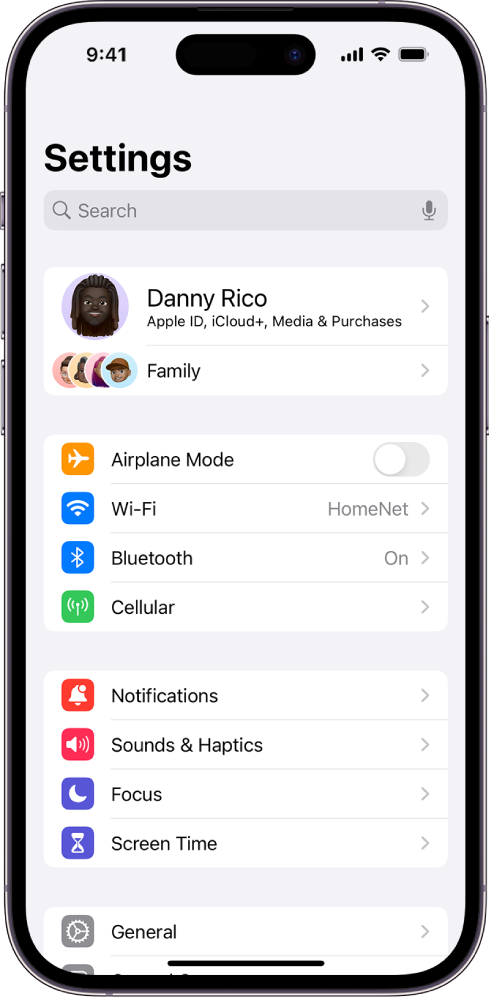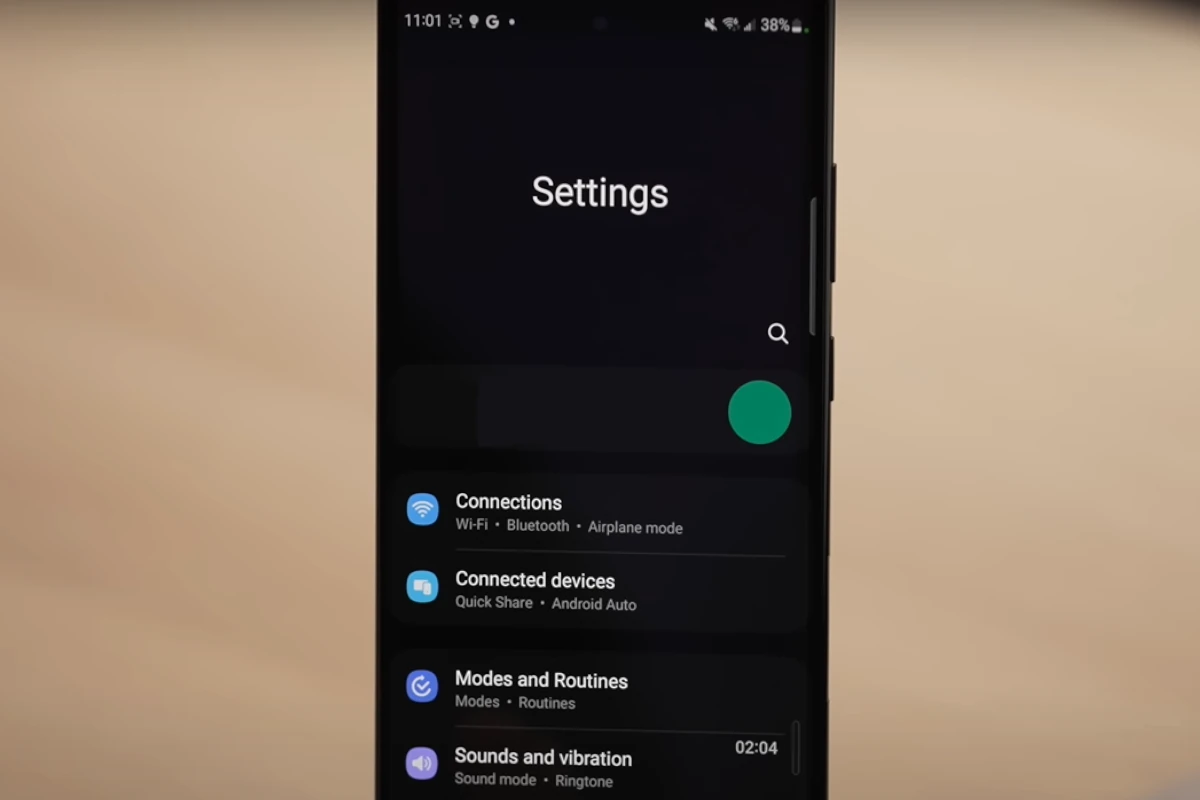Accessing the settings on a phone is an essential step for managing and customizing different aspects of the device’s functionality. On Android devices like Samsung Galaxy or Google Pixel, this typically involves swiping down from the top of the screen to reveal the Quick Settings menu and then tapping on the gear-shaped settings icon. Although the steps may vary slightly among manufacturers, the gear icon remains a common symbol for accessing settings across various Android versions and phone models.
For iPhone users, opening the settings menu involves tapping the Settings icon directly from the Home screen. If the icon is not visible on the Home screen, it can be found by searching or looking in the App Library. This centralized settings menu allows users to adjust various phone options, ranging from network preferences to privacy controls.
Your Phone’s Control Center
Your phone’s settings offer a world of customization and control. Whether you want to change the wallpaper, manage your notifications, or update your device, you’ll find the options in the settings. Accessing this control center is easy, but the exact steps depend on whether you’re using an iPhone or Android device.
How to Access Settings on an iPhone
- Find the Settings Icon: It looks like a gray gear, usually found on your Home screen.
- Tap It: This will open your iPhone’s Settings menu.

How to Access Settings on an Android Device
Android phones offer a few different ways to get into the Settings:
- The Apps Screen:
- Swipe up from the bottom of your Home screen to access the Apps screen.
- Locate the Settings icon (it looks like a gray gear).
- Tap the icon.
- The Quick Settings Panel:
- Swipe down from the top of your screen (you might need to swipe twice).
- Tap the gear icon.
- Search Function
- Some Android phones allow you to search for “Settings” directly within a search bar at the top of the Apps screen or within the phone’s general search feature.
Commonly Used Settings
Once you’ve got the settings open, here’s a quick guide to some of the most common ones:
| Setting | Description |
|---|---|
| Wi-FI | Connect to and manage wireless internet networks |
| Bluetooth | Pair with Bluetooth devices (headphones, speakers) |
| Display & Brightness | Change wallpaper, screen brightness, and night mode |
| Notifications | Manage alerts from different apps |
| Sounds & Haptics | Change your ringtone, text tone, and vibrations |
| Do Not Disturb | Silence alerts and calls during specified times |
Key Takeaways
- Access phone settings on Android by swiping down and tapping the gear icon
- iPhone settings can be opened directly from the Home screen or found in the App Library
- The settings menus on phones allow users to customize and control various device functions
Navigating to Phone Settings
Navigating to your phone settings need not be a complex task, whether you’re on an Android device, an iPhone, or any other smartphone or tablet. This can be swiftly done using quick access features or by diving into the settings menu directly.
Using Quick Access Features
Most smartphones and tablets offer a quick settings tray or control center that you can access with a simple swipe. On Android devices, swipe down from the top of the screen to open the Notifications Panel. This exposes commonly used settings like Wi-Fi and Bluetooth. For iPhones, swipe up from the bottom edge or down from the top right to open the Control Center.
Exploring Settings Menus
To find the full range of options, tap on the Settings icon typically found on the home screen or in the App Drawer. Once inside, you’ll see categories like network settings, privacy, and display, which you can explore to further customize your device.
Utilizing Device-Specific Methods
Some Android phones, like Samsung Galaxy or Xiaomi, have unique methods to access settings. For instance, on a Samsung Galaxy, you can often add a settings shortcut to the home screen from the Apps list. For Xiaomi, you might use the Search Bar within the apps screen to find settings.
Accessing Advanced Settings
More tech-savvy users might want to activate Developer Options for additional controls. This is usually found at the bottom of the settings menu, but you first need to enable it by tapping several times on the Build Number within the About Phone section.
Personalizing Phone Experience
Through the settings menu, you can personalize your device with themes, wallpapers, and other profiles settings. These options enable you to craft a device feel that’s just right for you.
Managing Connectivity
Directly from settings, you can handle Wi-Fi networks, Bluetooth devices, and other network-related settings. It’s essential for setting up connections and managing data usage effectively.
Controlling Privacy and Security
Privacy and security are paramount, and through the settings menu, you can adjust your lock screen preferences, manage location settings, and control app permissions to safeguard your data.
Optimizing Performance
Keep your device running smoothly by monitoring battery use and enabling features like data saver to reduce data usage. These settings help prolong battery life and manage system resources.
Engaging with Additional Tools
Your device’s settings also provide tools like casting your screen, taking screenshots, or managing default app settings. These additional features increase the versatility and capability of your device.
Seeking Further Assistance
If you get stuck or need more guidance, most devices have a search function within the settings or offer help books or guides. You can also use Google Assistant or Siri for voice commands to find various settings or reach out to your device manufacturer for specific support.







